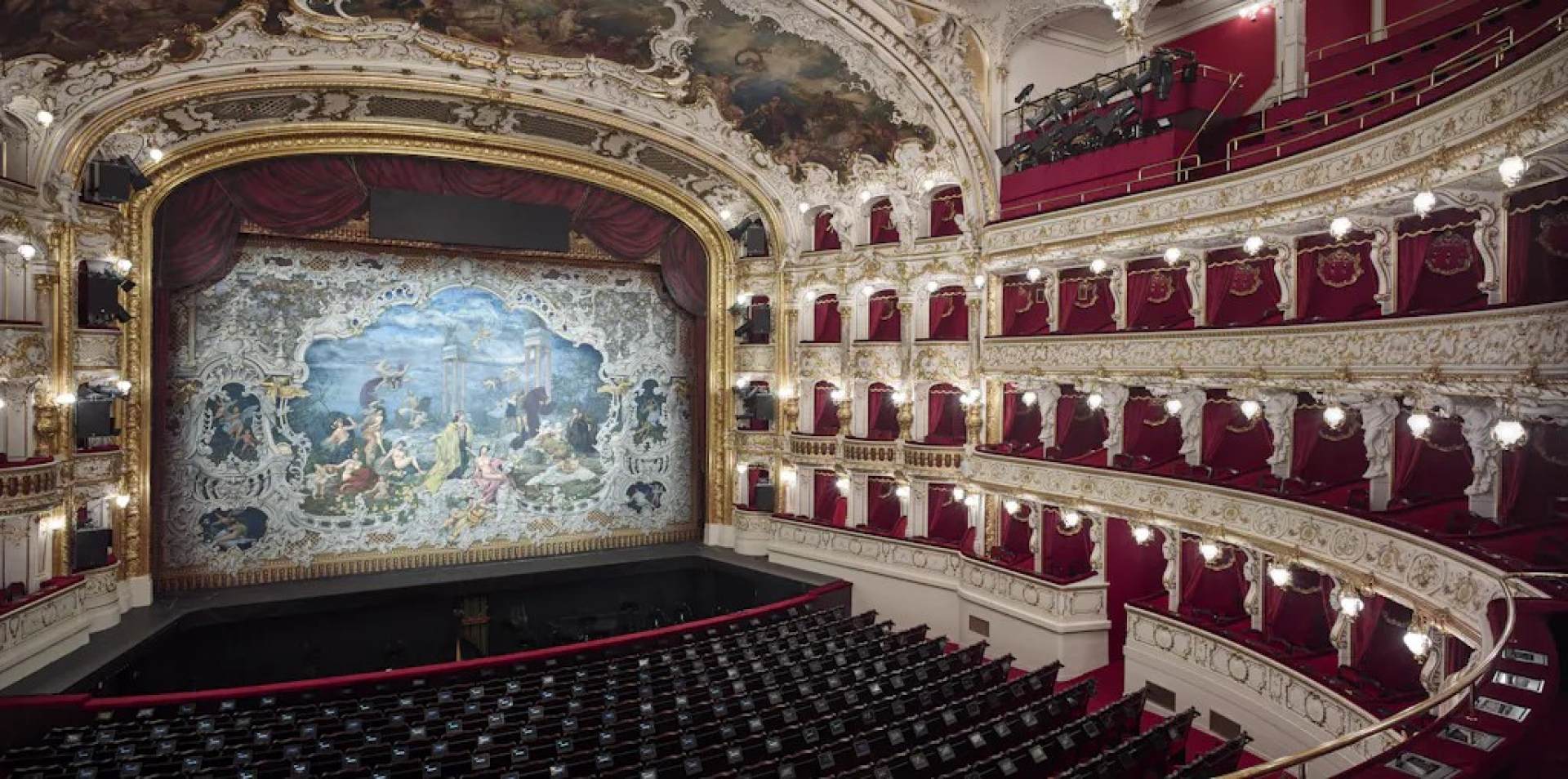Lear
Mo | Tu | We | Th | Fr | Sa | Su |
Yet, oddly enough, none of the operatic settings has become a repertoire staple, unlike, for instance, Charles Gounod’s Roméo et Juliette or Guiseppe Verdi’s Otello. It may be down to the fact that none of the composers who have tackled the subject have been of Verdi’s calibre (although Verdi always intended to adapt King Lear).
There is, however, a modern-day opera inspired by Shakespeare’s tragedy, a work dating from the final quarter of the 20th century, that met with immense acclaim and has been staged at the world’s most prestigious opera houses – Lear, created by the German composer Aribert Reimann (b. 1936). Among his ten stage works are pieces based on Franz Kafka’s novel The Castle and August Strindberg’s play The Ghost Sonata, yet the best-known and most popular is his fourth opera, after Shakespeare’s King Lear. Written in 1978 to commission for the Bayerische Staatsoper in Munich, the subject was suggested by the illustrious baritone Dietrich Fischer-Dieskau, who would portray the title role. Reimann did not set King Lear in its entirety and verbatim, replacing that which he omitted with a forcible, now and then harsh or, contrariwise, very moving music, clearly pursuing the trail blazed by the German Expressionists.
The parable about foolish human pride, the delusion of self-importance, the danger of rejection, as well as acceptance of responsibility and decay of a seemingly stable world, cannot perhaps be more poignantly wrought than in Reimann’s opera.
Program and cast
Conductor: Hermann Bäumer
National Theatre Chorus
National Theatre Orchestra
Creative team
Stage director - Barbora Horáková Joly
Sets - Rhea Eckstein
Costumes - Benjamin Burgunder
Light design - Sascha Zauner
Video - Adrià Reixach
Dramaturgy - Ondřej Hučín
Language: In German, surtitles in Czech, English
Prague State Opera
The State Opera today
The State Opera (formerly the State Opera Prague, between 1948 and 1992 the Smetana Theatre, and originally the New German Theatre) has been a part of the National Theatre since 2012. The Opera and Ballet ensembles give repertory performances at the State Opera.
History
The Prague State Opera resides in the building which on January 5, 1888 was opened as a Prague German stage with the performance of Wagner’s opera, The Mastersingers of Nürnberg. In the 19th century, Prague Germans performed in the Estate’s Theater in alternation with a Czech company. Desire for their own theater led to negotiations in 1883 for the construction of a new theater building for the German Theater Association. Over the next three years, a blueprint was drawn up and handed over to the Vienna atelier of Fellner and Hellmer. Also sharing in the design was the architect of the Vienna Municipal Theater, Karl Hasenauer, while Prague architect Alfons Wertmüller took part in the construction. Financing came from private collections. With its spacious auditorium and neo-Rococo decoration, this theater building is among the most beautiful in Europe.
Access:
By car
On Wilsonova street, from the left lane close to the State Opera building take the slip road to the Slovan above-ground garage. The parking fee is 40 CZK/h.
By tram
By daytime tram No. 11 to the stop “Muzeum”, through the underpass beneath Legerova street in the direction of the NationalMuseum, at the crossroads turn right along the NewBuilding of the NationalMuseum.
By daytime trams Nos. 3, 9, 14 and 24 or night trams Nos. 51, 52, 54, 55, 56 and 58 to the stop “Václavské náměstí”, then by foot uphill on the left side of the Wenceslas Square to the traffic lights across Wilsonova and Vinohradská streets. Then turn left along the NewBuilding of the NationalMuseum.
By metro
To the “Muzeum” station, lines A and C (green and red), and then by foot along the NewBuilding of the NationalMuseum.

 EN
EN DE
DE IT
IT FR
FR ES
ES RU
RU JP
JP RO
RO
 Seating plan
Seating plan